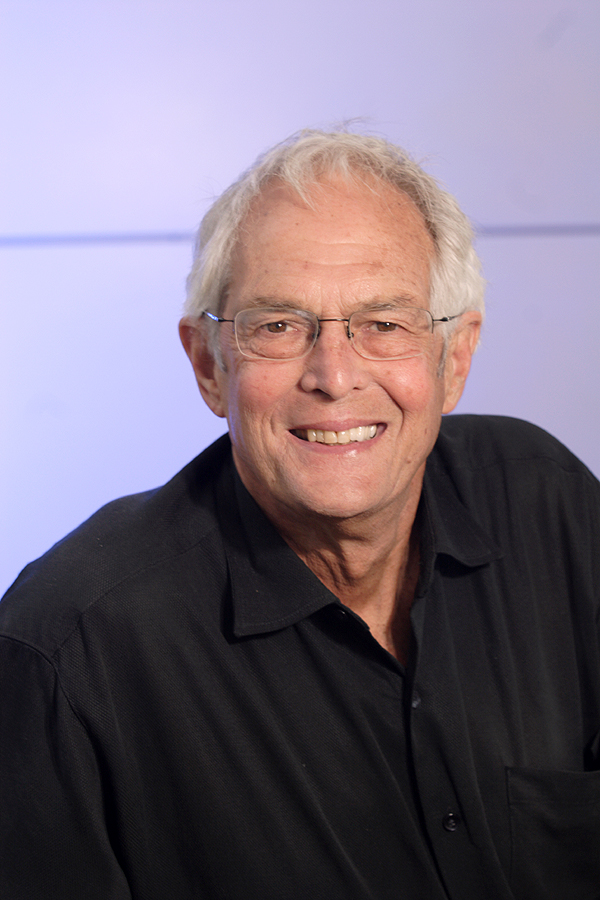Thomas Cover, Kwoh-Ting Li Professor of Electrical Engineering and Statistics at Stanford University, died on March 26, aged 73, following a short illness.
Cover arrived at Stanford from MIT as a fresh PhD student in the fall of 1960, and spent almost his entire career there, holding a joint position in EE and statistics. His brilliance, constant good humor, wide-ranging interests, and intellectual generosity made him a firm favorite among students and colleagues.
Cover’s professional path was set in his first graduate course on information theory taught by Professor Norm Abramson. Information theory had been elegantly coined by Claude Shannon in the early postwar years. Shannon’s combination of lapidary mathematics and scientific insight was an ideal that Cover carried through his own career.
Among Cover’s early works is his notable, surprising, and most elegantly proved finding from 1965, that any family of surfaces having d degrees of freedom has a natural separating capacity of 2d pattern vectors. A related and widely cited 1967 result by Cover and Peter Hart, states that the probability of error of the nearest neighbor rule is bounded above by twice the Bayes probability of error (so it may be said that half the classification information in an infinite sample set is contained in the nearest neighbor).
In 1973, Cover introduced the broadcast channel model, dealing for the first time with simultaneous transmission of information from one transmitter to several receivers. In this paper, Cover introduced the groundbreaking ideas of i) superposition coding, ii) successive cancellation decoding, and iii) auxiliary random variables beyond the channel model that are essential to characterizing the best achievable rate.
This was followed by Cover’s elegant 1975 proof of the Slepian–Wolf theorem for distributed coding via random binning and his 1979 collaboration with Abbas El Gamal, developing block Markov coding and utilizing it for analysis of multi-hop channels of the type found in modern wireless communications. These fundamental contributions have had a tremendous impact on the development of multi-user information theory, with almost all results since relying on at least one of these ideas.
Cover’s profound contribution to information theory extended beyond his own research results. At Stanford University he graduated 63 PhD students, and in 1991 he coauthored with Joy A. Thomas the book Elements of Information Theory. This book has become the most widely-used textbook on information theory and is regarded as a masterpiece for the clarity of its concepts and the simplicity of its exposition. A by-product of the writing of this book is Cover’s survey (from the same year), jointly with Amir Dembo and Joy Thomas, on the role of inequalities in information theory and their intimate relationship to inequalities from diverse branches of mathematics, ranging from classical determinantal inequalities of linear algebra to Fisher information inequalities at the core of mathematical statistics and uncertainty principles from quantum mechanics.
A fine natural athlete (he played in the Little League World Series and won the San Bernardino tennis championship), Cover was fascinated by the stochastic element in sports, including odds-making, gambling, and betting. Early in its formation, he served as statistician for the California State Lottery, with a special eye on fraud detection. His undergraduate course on the Mathematics of Sports was routinely over-subscribed, even though the word was out that the math part was serious stuff.
An abandoned full-sized Las Vegas roulette wheel in the old Sequoia Hall basement was given a loving home in Tom’s den. Despite their best efforts, neither he nor Stanford physicist/statistician Jerry Friedman were able to exactly level the wheel. This led to the insight that the actual Vegas wheels might be unbalanced, and vulnerable to carefully timed betting schemes. Subsequent trips to Nevada, with Friedman wearing the timing device and Tom betting at the table, yielded more excitement than financial reward.
Cover took up another of Shannon’s ideas, logarithmic optimality for investment schemes, with his 1988 Annals of Probability paper attracting considerable attention (not all favorable). Nobel Prize-winning economist Paul Samuelson had a visceral dislike for logarithmic optimality, and Tom was the occasional recipient of his public scorn. Always the gentleman, Cover held his ground, seeming more amused than threatened by what he felt should be a mathematical question.
A month before his unexpected death, Cover delivered the Tuesday statistics seminar in Sequoia Hall, titled “On the Super St. Petersburg Paradox.” This paradox, proposed 250 years ago by Daniel Bernoulli, concerns how much one should pay to bet in a scheme with infinite expected rewards. Hiding the hard mathematics, Cover charmingly showed that logarithmic optimality offered a satisfying solution to Bernoulli’s puzzle, even quoting from his correspondence with Samuelson on the problem.
Honors came often, including membership in the National Academy of Engineering and, his favorite, the IEEE Shannon award for lifetime achievement in information theory. He was most satisfied, however, to be sitting in his office exchanging ideas with his usual coterie of brilliant young students.
A memorial service and celebration of Tom’s life and work is planned for October 12, 2012, at Stanford University.
Amir Dembo and Bradley Efron
Stanford University

Comments on “Obituary: Thomas Cover, 1938–2012”